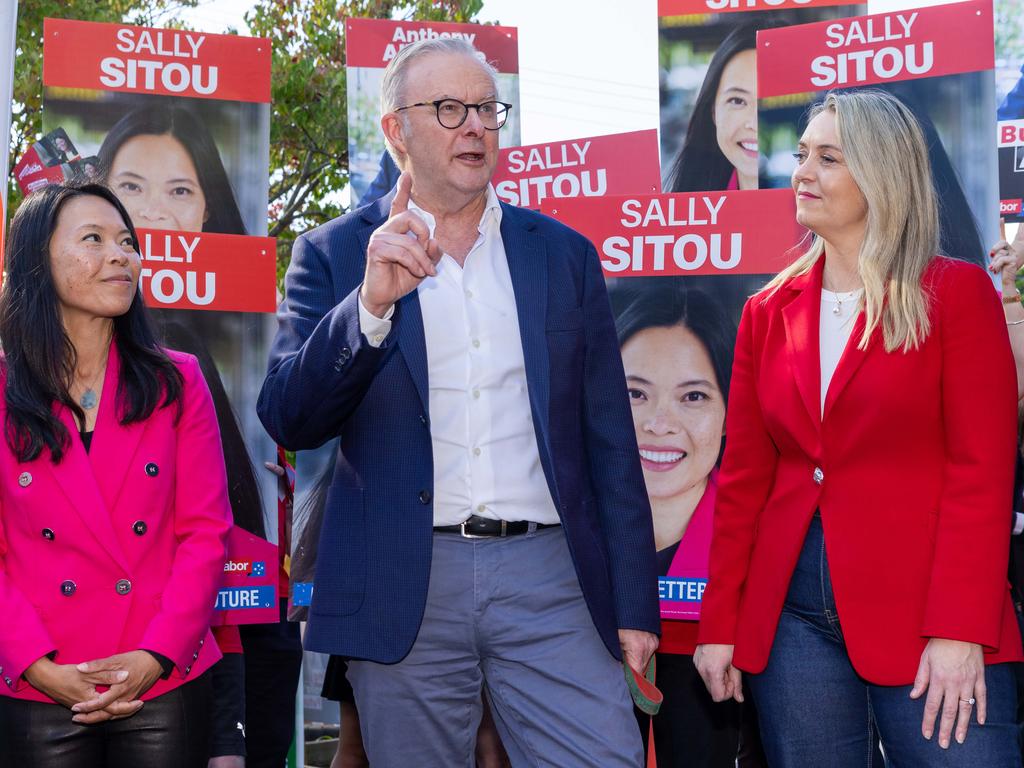Five key takeaways from election 2025 as Albo rewrites political rule book
Troy Bramston explains the five key historical take-outs from election 2025.

Anthony Albanese’s re-election has shattered historical precedents and rewritten the rule book for federal elections. It has been an astonishing triumph and earns him a place in the annals of Australian electoral history.
There are five key take-outs based on results that are still being finalised.
First, no government since World War II seeking re-election for the first time has increased their vote and seats. I have referred to this as the second-term curse that afflicted all prime ministers. Albanese broke the curse.
Robert Menzies (1951), Gough Whitlam (1974), Malcolm Fraser (1977), Bob Hawke (1984) and John Howard (1998) lost votes and/or seats at their second election. So did Julia Gillard and Malcolm Turnbull leading first-term Labor and Coalition governments.

Second, Albanese is only the third federal Labor leader to win back-to-back elections and the first prime minister since Howard. Hawke won consecutive elections in 1983 and 1984, and so did Whitlam in 1972 and 1974. This puts Albanese in elite company sharing a record with only two other Labor leaders in more than a century.
Third, Labor increased its primary vote to about 34.7 per cent, a swing of more than 2 per cent in its favour.
The last Labor leader to do that in government was Paul Keating in 1993. Labor’s vote is still in long-term decline but Albanese managed to increase the party’s support at a time when voters have been turning to minor parties and independents.
Fourth – and this may be the most remarkable of all – Labor’s two-party vote increased to about 55 per cent. This is extraordinary and underscores the decline of the Liberal Party.
This means that Albanese, on this measure, is the party’s greatest election winner since John Curtin. Kevin Rudd won a 52.7 per cent two-party vote in 2007. In 1983, Hawke achieved a 53.2 per cent two-party vote. In 1946, Ben Chifley secured a 54.1 per cent two-party vote. Curtin won a 58.2 per cent two-party vote in 1943.
The highest two-party vote post-war was achieved by Harold Holt with 56.9 per cent in 1966. A decade later in 1975, Fraser won a 55.7 per cent two-party vote following Whitlam’s dismissal. Two years later, Fraser gained a 54.6 per cent two-party vote.


And fifth, Labor’s seat haul is likely to be about 90. This could give Labor about 60 per cent of seats in the House of Representatives. This might not seem like much but the Coalition could be reduced to about 28 per cent (about 42 seats).
Labor’s electoral success has been achieved at the expense of the Liberal Party, which suffered its greatest defeat since its formation in 1944.
The Liberal vote – including the Queensland LNP – is in the low-30s. The Coalition would need to win about another 34 seats at the next election to reach the magic 76 required to form government – a landslide of epic proportions.
They have lost their heartland and they have lost their leader. Their organisation is a mess. They are not within cooee of winning government.
We have witnessed another electoral earthquake.
The teals were the story of the 2022 election. The story of the 2025 election is the near destruction of the Liberal Party as a viable political force.







To join the conversation, please log in. Don't have an account? Register
Join the conversation, you are commenting as Logout